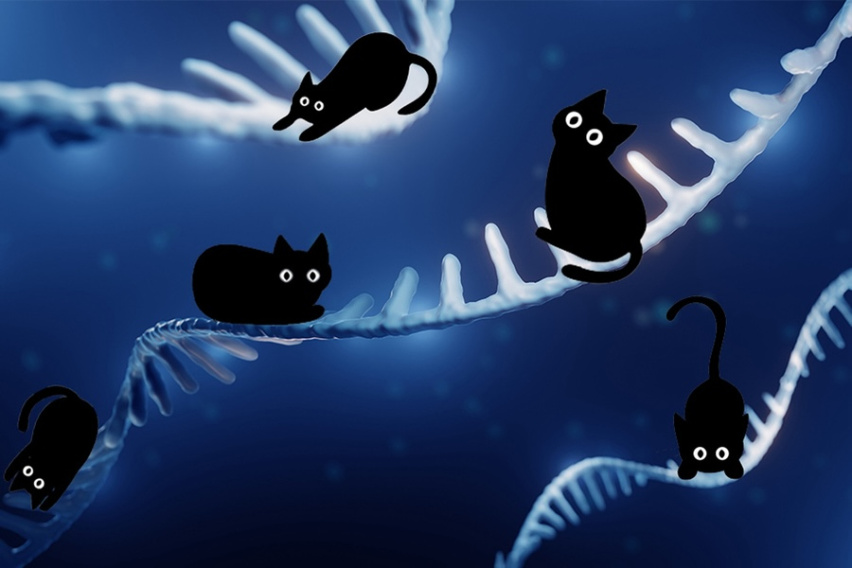MIT Koch Institute
November 5, 2021
The Marble Center for Cancer Nanomedicine and the MIT Center for Precision Cancer Medicine are pleased to announce the 2021-2022 class of Convergence Scholars. CSP Scholars receive training, mentors, insights, and inroads into careers in academia, industry, health care, the policy arena, and federal research or regulatory agencies.
